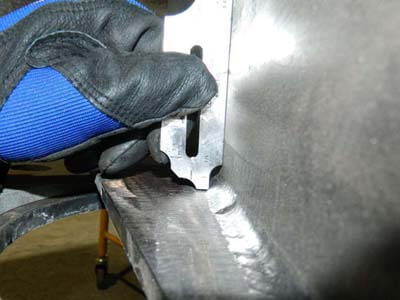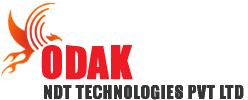VISUAL INSPECTION
This course provides basic knowledge of the principles of direct and remote visual  inspection and examination. Emphasis is placed on weldments with additional information on corrosion, valve inspection and the steel making process. The specific requirements of codes and specifications, including acceptance criteria are discussed in detail. As well as covering all the theoretical aspects of this method, the course includes processes of improving visual inspection reliability and the use of a variety of visual equipment.
inspection and examination. Emphasis is placed on weldments with additional information on corrosion, valve inspection and the steel making process. The specific requirements of codes and specifications, including acceptance criteria are discussed in detail. As well as covering all the theoretical aspects of this method, the course includes processes of improving visual inspection reliability and the use of a variety of visual equipment.
This course is orientated towards candidate NDT inspectors.
NON DESTRUCTIVE TESTING, AN APPRECIATION
- History of NDT
- NDT methods – Advantages and disadvantages of each method (UT, RT, MT, PT, ET, VT)
- Use of NDT and applications
- Equipment and procedures
- Assessment of discontinuities in welds, forgings and castings
- Relevant standards
- Working environment
HARDNESS TESTING / PMI WITH XRF
- Basic principles of hardness testing – Properties of metal surface
- Hardness measurement according to Brinell / Vickers / Rockwell
- Characteristic hardness values of materials
- Practice in hardness measuring with the techniques of Rebound – UCI – TIV
- Report
- Fluorescent theory of X-rays (XRF)
- Chemical analysis with XRF (applications)
- Portable XRF devices – advantages
- Measurement in different material (PMI)
- Codes for assessment of welds
WELDING INSPECTION / WELDING INSPECTORS
- Quality assurance
- Basic metallurgy
- Heat treatment
- Coding of welding methods
- Weld methods
- Weld materials
- Welding Procedure Qualification Record (WPQR)
- Welding Procedure Specification (WPS)
- Welder’s Qualification (WQ)
- Certification of NDT personnel
- Assessment of discontinuities
- Codes
- Non Destructive methods
- Destructive methods

